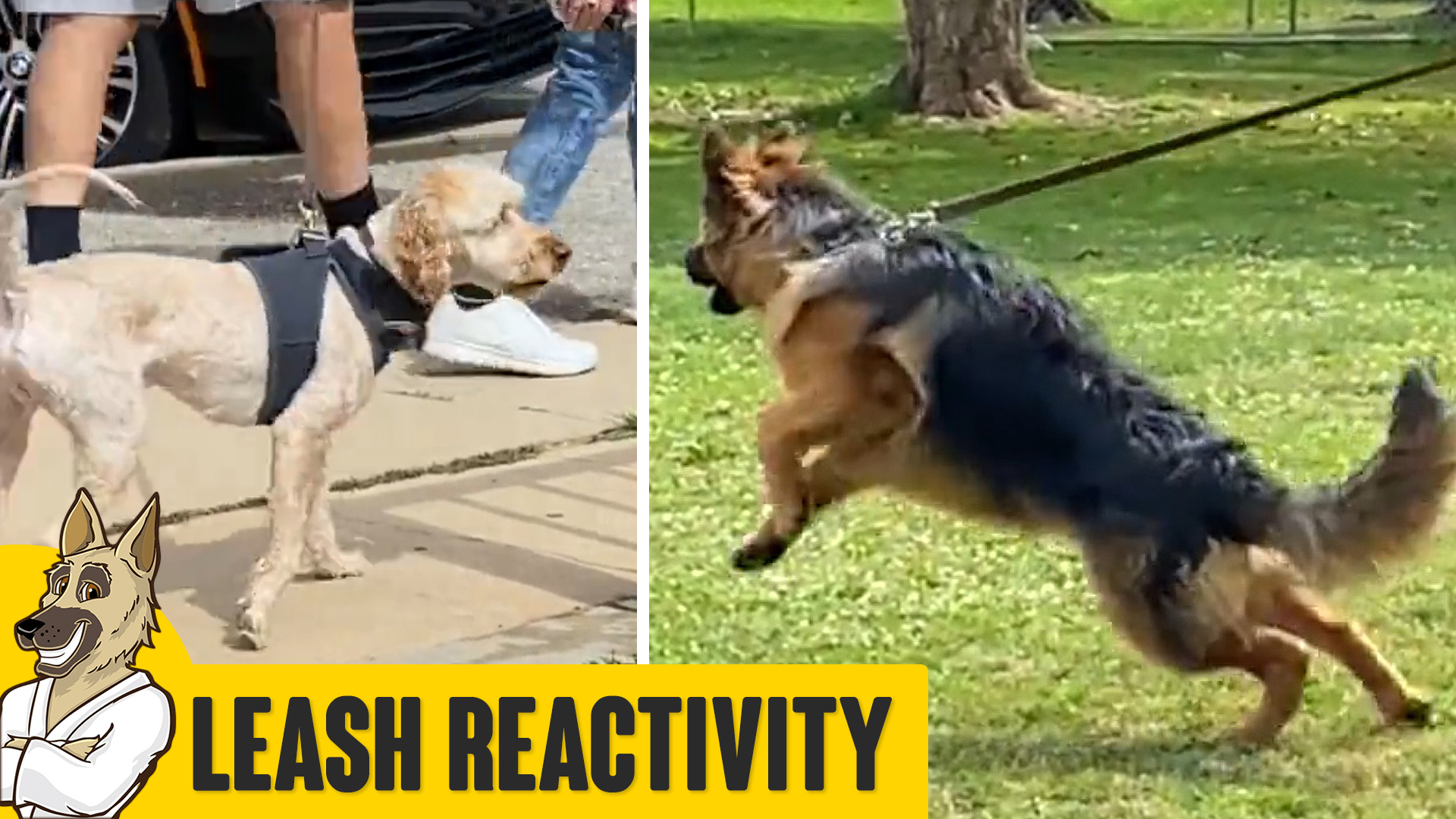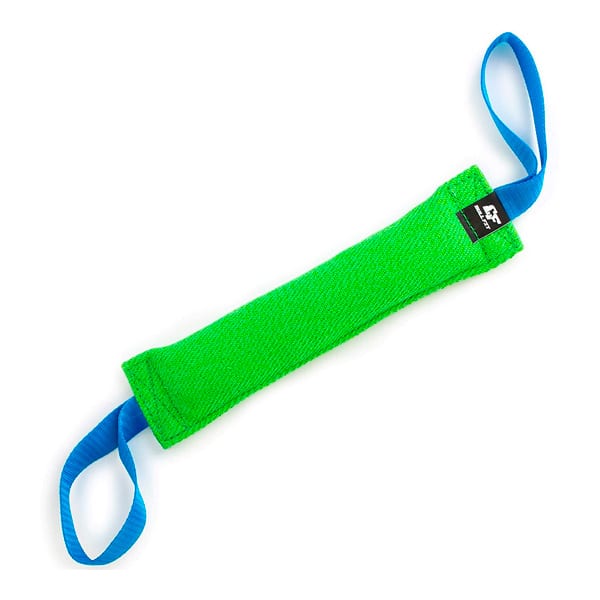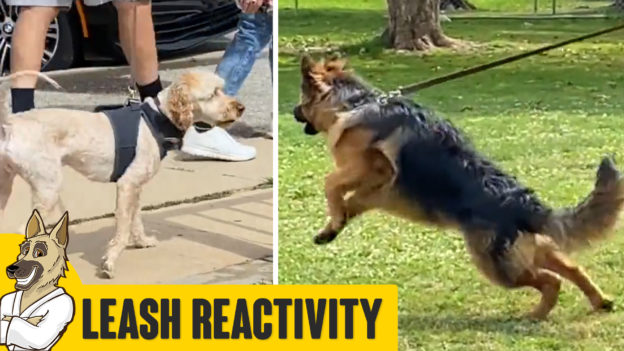Leash reactivity is a very common issue. Even when a dog doesn’t follow through with aggressive behaviors, it is still a problem and can turn into aggression left unchecked.
Over the past 10+ years I’ve dealt with hundreds of dogs who have this behavior, both as puppies and adult dogs. Countless shelter dogs have this as a primary reason for being dumped in shelters and many lose their lives over it. I take it very seriously.
I think this week’s online dog training lesson is going to help so many of you understand not only leash reactivity, but the proper timing of a proper leash correction.
This weeks lesson brings you along on a lesson with me. I’ve worked with Ariel and his other dog before. He got Koda as a puppy but started noticing some behaviors with him on leash that made him uncomfortable. Koda would become quite reactive to other dogs on leash and the behavior wasn’t getting much better. Some people would see this as aggression, but I see it as displaced prey drive.
I will post occasional lessons bringing you along, especially with cases like this. What you will see here is the timing and intensity that I deliver in a correction. Remember, the correction must be properly suited to the infraction. That is really the most important thing. Being too hard on a correction can be damaging to a dog’s spirit and not correcting hard enough will not serve as a strong enough message. All of you know that I believe correcting a dog for bad behavior is critical. I’d like to explain why correcting for this behavior is critical.
Dogs that act like bullies (even though it’s playful) will eventually land themselves in trouble. Either they will develop more and more into frustration, they will meet a dog that doesn’t see it as playful and bites them or they will scare a person. Bad manners are bad! Being rude is not acceptable. You’ll see in this video where Ariel and Koda start and how nicely the lesson gets the message across to Koda and his behavior at the end.
This is not a one time fix. Correcting this behavior will take constant repetition over several weeks. It is worth the effort. But you gotta be steadfast in your approach.
Thank you Ariel for sharing this lesson with me and all of us!





